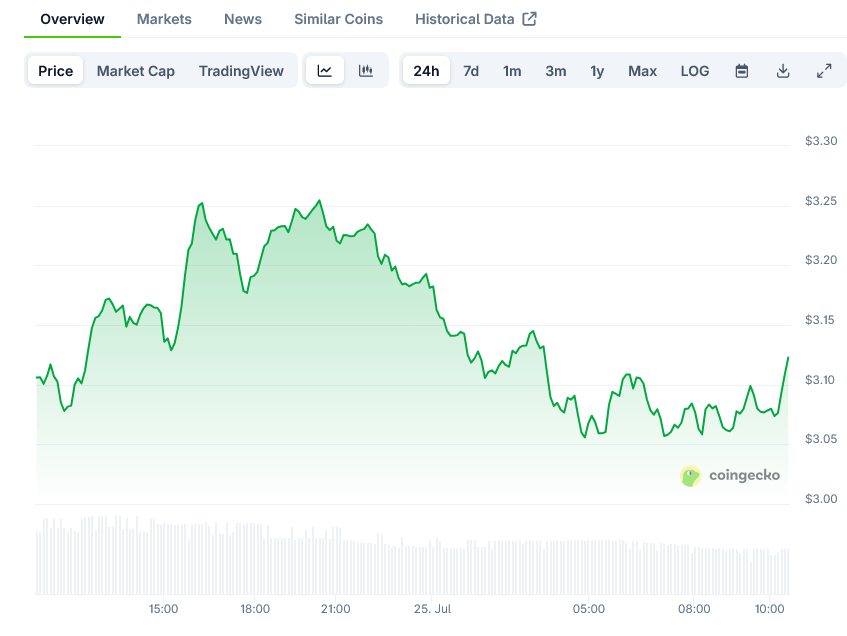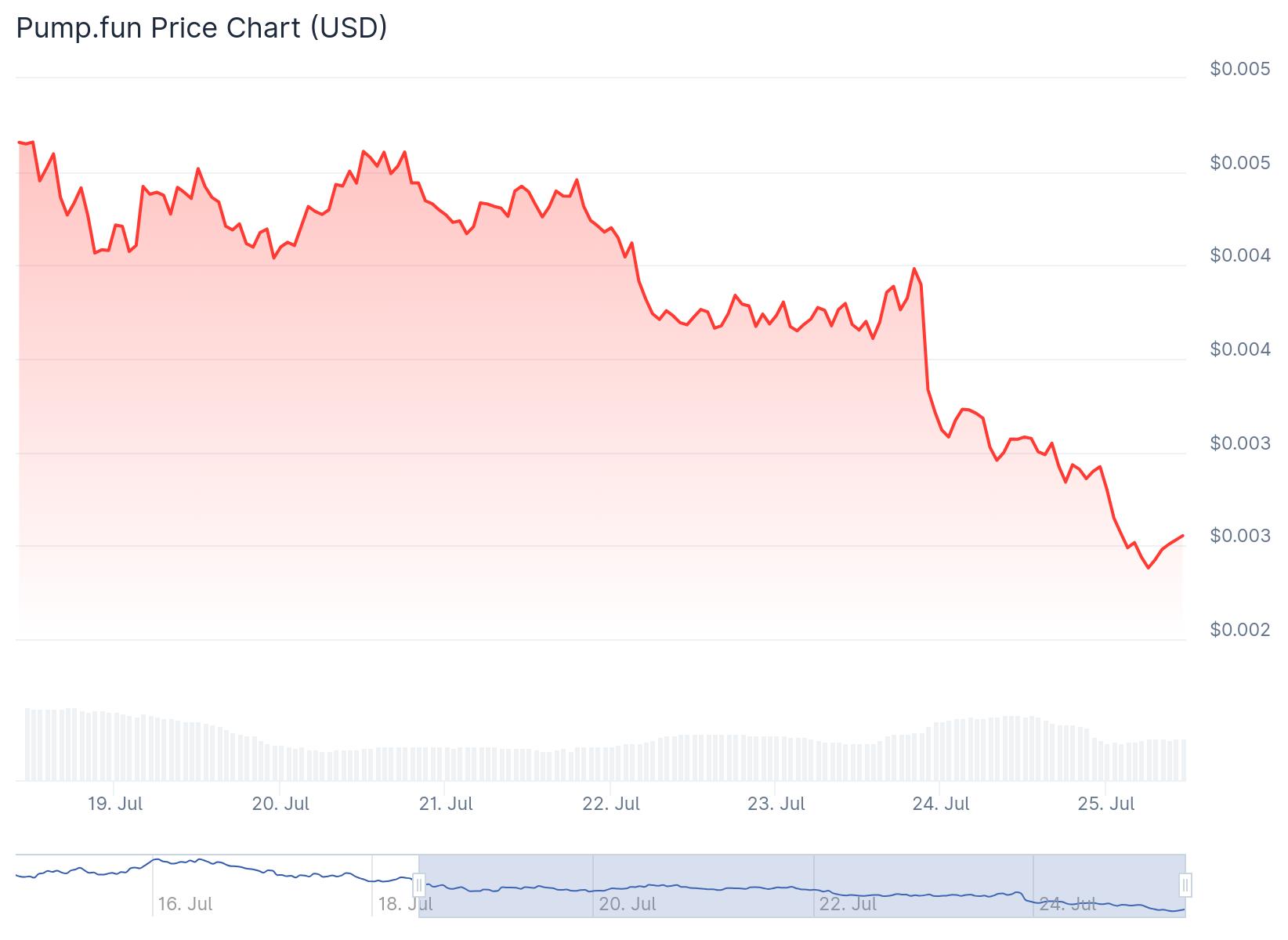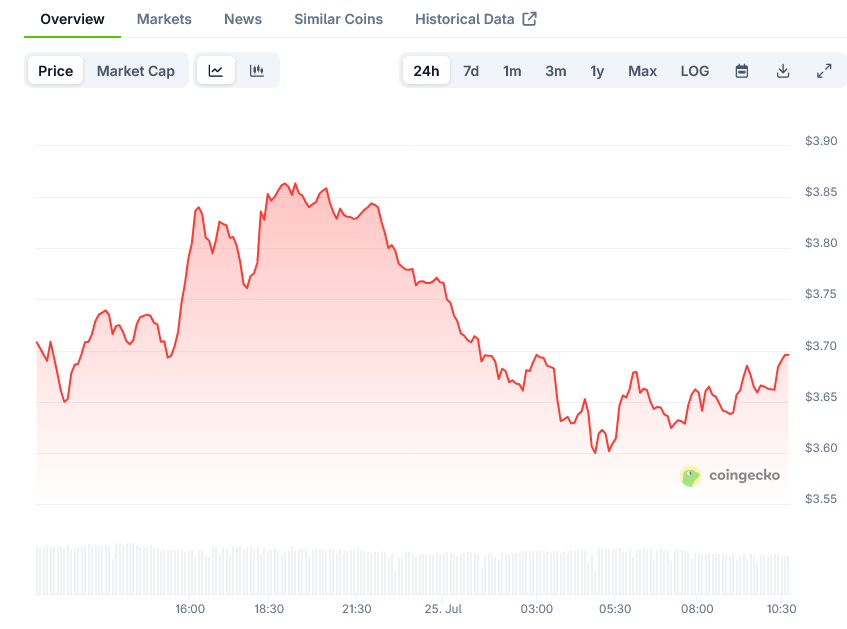24.07.2025 01:16
At a Washington AI summit on July 23, 2025, President Trump announced sweeping new tariffs ranging from 15% to 50% on goods from most countries. This bold move, unveiled during a technological forum, immediately impacted global trade negotiations and sent ripples through financial markets worldwide.
The stated aim behind these tariffs appears to be leveraging them as a bargaining chip in ongoing trade talks, primarily with the European Union. Trump's administration hopes to secure improved market access for American businesses through these aggressive trade measures, potentially initiating a protracted period of negotiation and uncertainty.
This announcement has the potential to significantly influence the cryptocurrency market, particularly Bitcoin. Historically, during periods of macroeconomic instability, investors have flocked to Bitcoin as a safe-haven asset, seeking refuge from volatile traditional markets. This shift towards digital assets as a hedge against geopolitical risk could lead to increased trading volume and price volatility in the cryptocurrency space.
Observers note a possible surge in demand for both Bitcoin and stablecoins, driven by investors seeking to mitigate the uncertainty caused by the new tariffs. Although prominent cryptocurrency figures haven't issued official statements, past market behavior strongly suggests this trend. The 2018-2019 US-China trade war, for instance, witnessed significant Bitcoin price fluctuations, demonstrating its function as a hedge against currency devaluation and geopolitical uncertainty.
Currently, Bitcoin trades at $118,688.52, boasting a market capitalization of approximately $2.36 trillion and dominating the market with a 60.98% share, according to CoinMarketCap data accessed at 23:24 UTC on July 23, 2025. While showing a 26.87% increase over the past 90 days, the price experienced a slight 1.27% dip in the last 24 hours, accompanied by a 13.70% decrease in trading volume. Further analysis from sources like Coincu research suggests that the long-term financial consequences and potential regulatory responses to these tariffs remain uncertain and warrant close monitoring.











